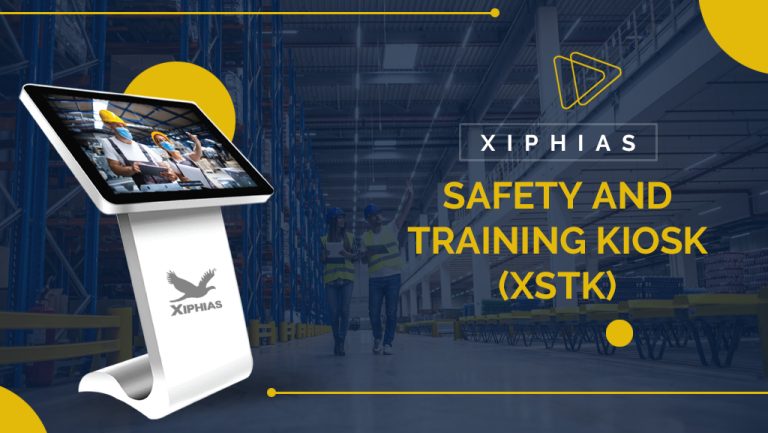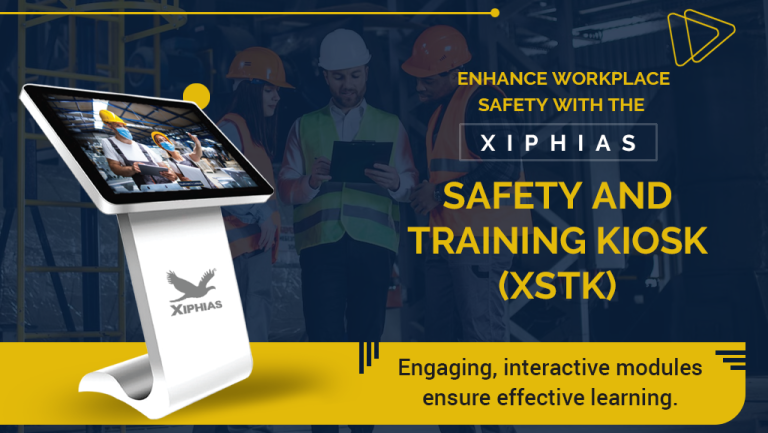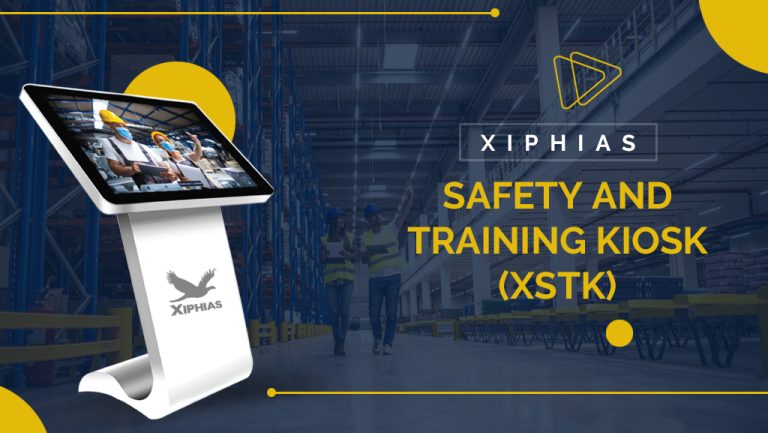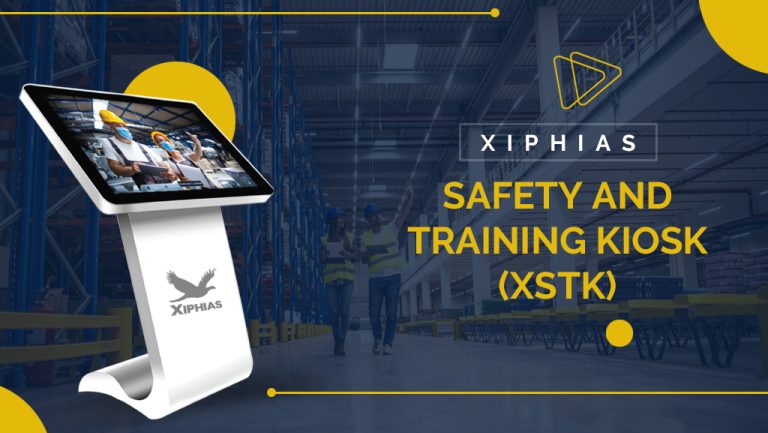Safety Training Kiosks: Bridging the Gap Between Knowledge and Practice
In today’s fast-paced work environment, safety training is critical for employee well-being. Traditional safety training methods often fall short in ensuring effective learning and retention. Safety training kiosks provide an innovative solution, offering a blend of technology and practicality. These kiosks help employees understand safety protocols while allowing them to practice them. As a result, safety training kiosks bridge the gap between knowledge and hands-on application, benefiting both employees and businesses. This article explores how these kiosks enhance safety training, making workplaces safer and more productive.
1. Interactive Learning Boosts Engagement
Safety training kiosks offer interactive content, keeping employees more engaged throughout the process. Engaged employees are more likely to retain important safety information. Traditional classroom settings may result in passive learning, leading to less retention. In contrast, kiosks provide dynamic content, such as quizzes and simulations. These interactive elements encourage employees to actively participate and apply safety protocols.
Kiosks also include touchscreens, making learning more immersive for users. Through hands-on engagement, employees can better understand safety practices. This method ensures that employees can apply knowledge in real-world scenarios.
2. Self-Paced Learning for Better Understanding
One major advantage of safety training kiosks is self-paced learning for employees. Everyone learns differently, and some may need more time to grasp certain concepts. Safety training kiosks allow employees to work through modules at their own pace. This flexibility ensures that employees fully understand each safety protocol before moving on.
Self-paced learning reduces the pressure that traditional training environments may create. Employees can repeat sections they find challenging without feeling rushed. This feature enhances the overall effectiveness of the safety training program.
3. Consistency Across All Training Sessions
Safety training kiosks ensure consistent delivery of training material to all employees. In traditional settings, the quality of training can vary depending on the trainer or group dynamics. Kiosks eliminate this inconsistency, ensuring that every employee receives the same high-quality safety instruction.
Moreover, kiosks can be updated with the latest safety standards and procedures. This ensures that employees are always learning the most current information. Businesses can easily adapt their training content, guaranteeing compliance with regulations.
4. Reducing Costs and Time in Training
Businesses benefit from safety training kiosks by reducing costs associated with traditional training methods. In-person training often requires hiring instructors, reserving spaces, and printing materials. Kiosks remove these expenses by delivering digital, self-guided content. Additionally, they allow employees to complete training without disrupting their work schedules.
Kiosks also save time by allowing employees to access training whenever they have availability. This reduces the need to organize large, time-consuming group training sessions. In the long run, businesses see significant savings in time and resources.
5. Real-Time Monitoring and Progress Tracking
Another valuable feature of safety training kiosks is real-time monitoring and progress tracking. Managers can access data on employees’ training performance, ensuring compliance and identifying areas needing improvement. This real-time data helps businesses make informed decisions about additional training.
By monitoring progress, businesses can ensure that all employees complete required training on time. Real-time tracking also highlights individuals struggling with specific modules. This allows managers to offer targeted support, ensuring that every employee meets safety standards.
6. Enhanced Customization for Specific Needs
Safety training kiosks can be customized to meet the specific needs of different industries and roles. Some workplaces may require training on hazardous materials, while others may focus on equipment safety. Kiosks allow businesses to create tailored training programs based on their operational requirements.
Customizable kiosks can include role-specific modules, ensuring relevance to employees’ daily tasks. This customization ensures that training content is not overly generic but closely aligned with employees’ actual work environments.
7. Instant Feedback for Continuous Improvement
Safety training kiosks provide instant feedback, helping employees assess their knowledge immediately. Quizzes, assessments, and interactive tasks allow workers to test their understanding in real-time. Instant feedback helps employees identify gaps in their knowledge and correct mistakes before they become real-world problems.
Moreover, instant feedback promotes a cycle of continuous improvement. Employees can review areas where they struggle, ensuring they master safety protocols. This instant evaluation ensures that employees are confident in applying safety practices.
8. Improving Safety Culture Within the Workplace
Implementing safety training kiosks can enhance the overall safety culture within a business. These kiosks demonstrate a company’s commitment to employee safety and compliance. A robust safety culture leads to better employee morale and lower incident rates.
Employees who feel supported in their safety training are more likely to engage in proactive safety behavior. Kiosks empower employees to take ownership of their safety responsibilities. This proactive approach leads to fewer accidents and creates a safer work environment.
9. Scalability for Small and Large Businesses
Safety training kiosks offer scalability, making them suitable for businesses of all sizes. For small businesses, kiosks provide a cost-effective training solution that doesn’t require large investments. For larger companies, kiosks can be deployed across multiple locations for uniform training.
This scalability allows businesses to maintain consistent safety standards regardless of their size or geographic spread. Kiosks enable companies to train large numbers of employees simultaneously, without sacrificing the quality of the training experience.
10. Compliance with Industry Regulations
Staying compliant with industry safety regulations is essential for any business. Safety training kiosks ensure that employees are regularly trained on the latest safety protocols. This keeps businesses compliant with government regulations and industry standards.
Non-compliance can result in hefty fines and legal consequences. By using kiosks, businesses can track training completion, ensuring that employees meet regulatory requirements. Digital records of training provide an audit trail, demonstrating compliance to regulatory bodies when needed.
Conclusion
Safety training kiosks are revolutionizing workplace safety by bridging the gap between knowledge and practical application. They offer interactive, self-paced learning, ensuring employees fully understand safety protocols. Businesses benefit from reduced costs, consistent training, and real-time tracking. Additionally, kiosks improve workplace safety culture and compliance. Whether you run a small business or a large enterprise, safety training kiosks offer an efficient and effective solution. By incorporating technology into safety training, businesses can protect their workforce and foster a safer work environment.







